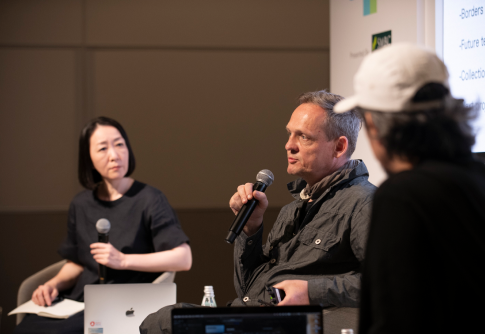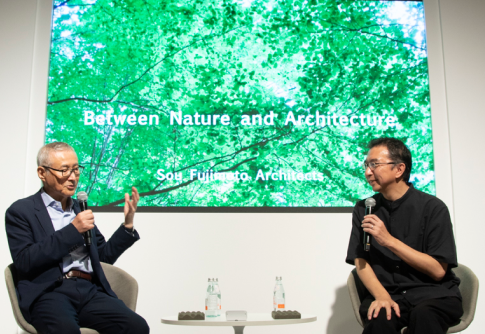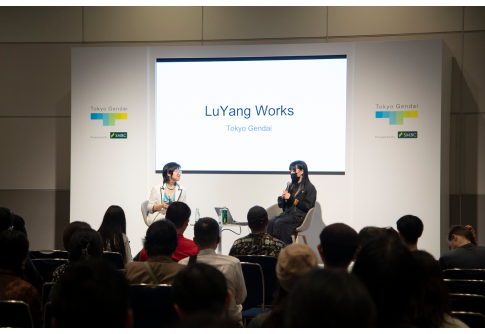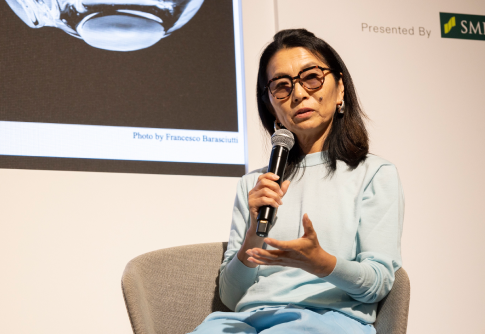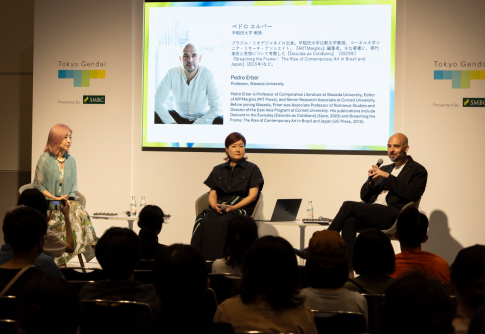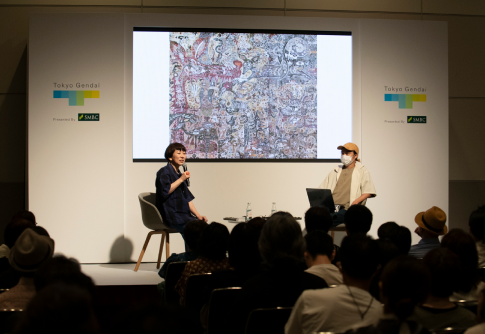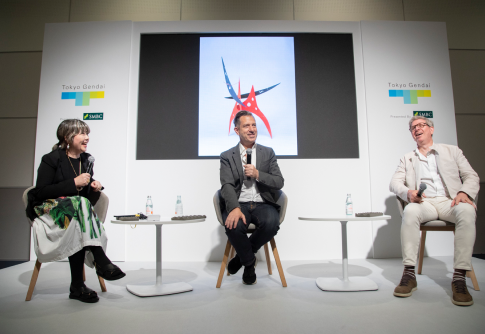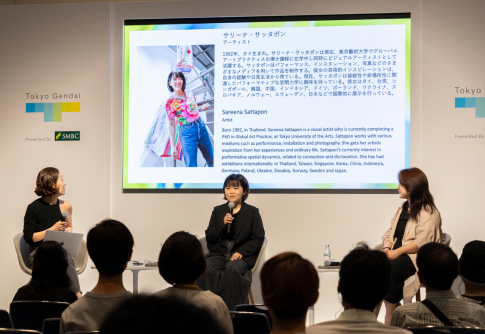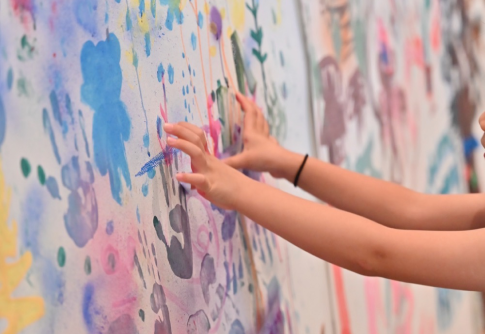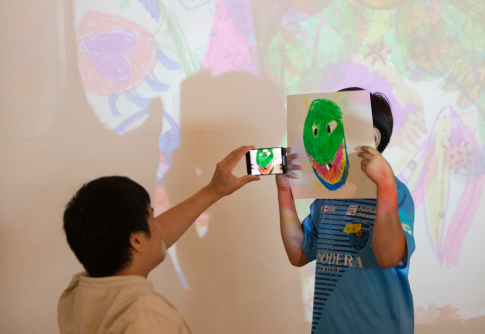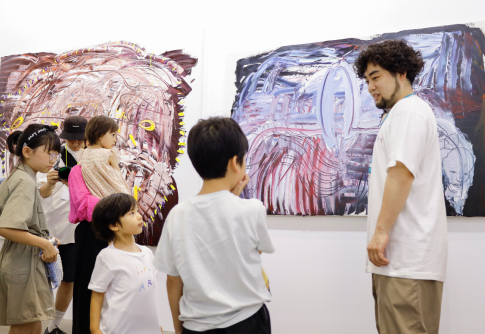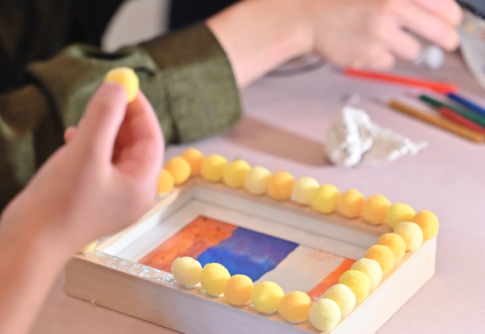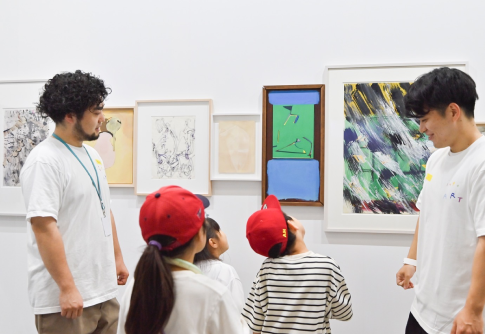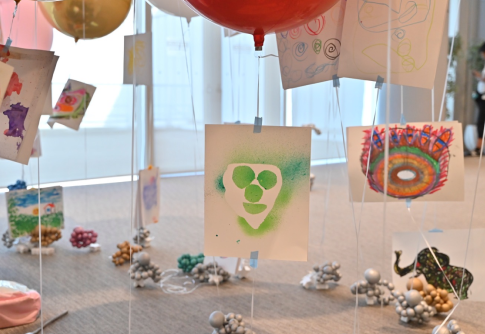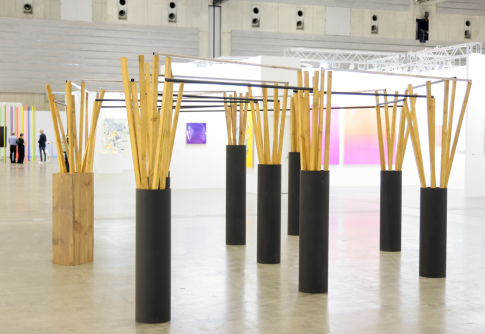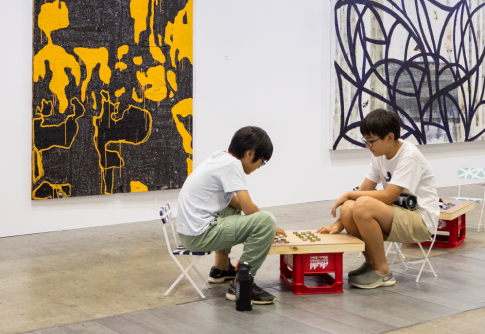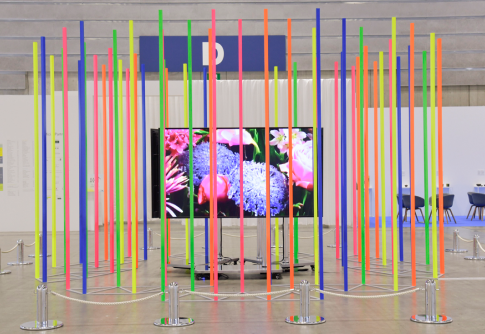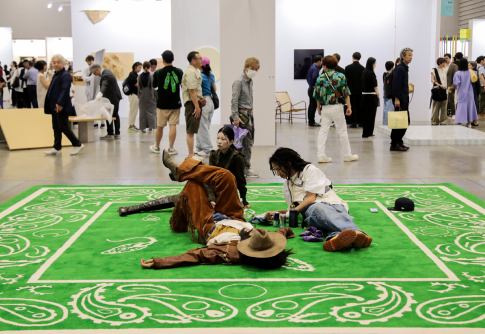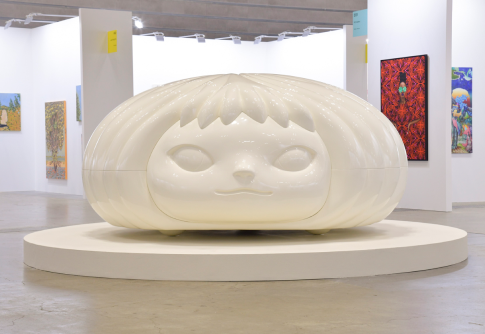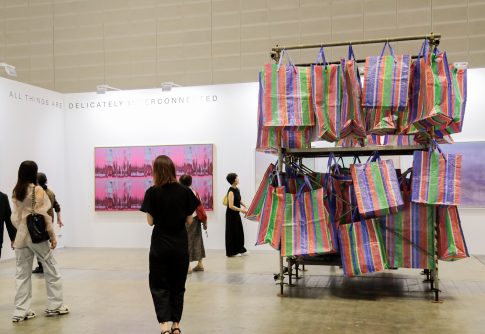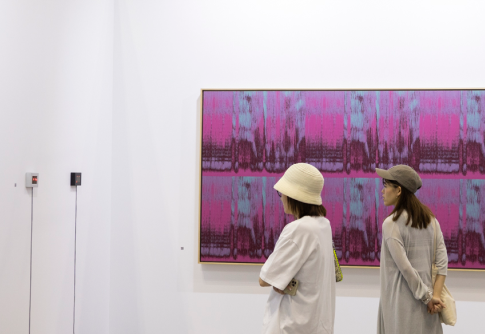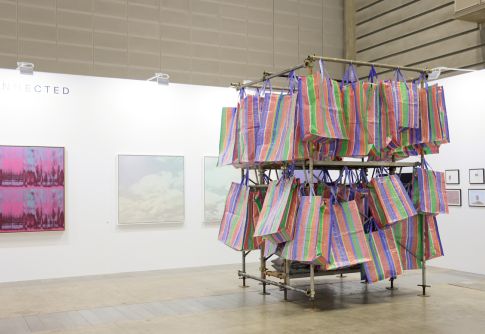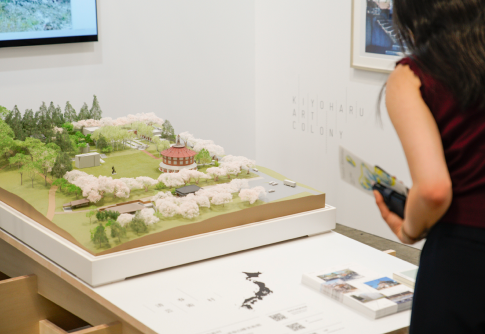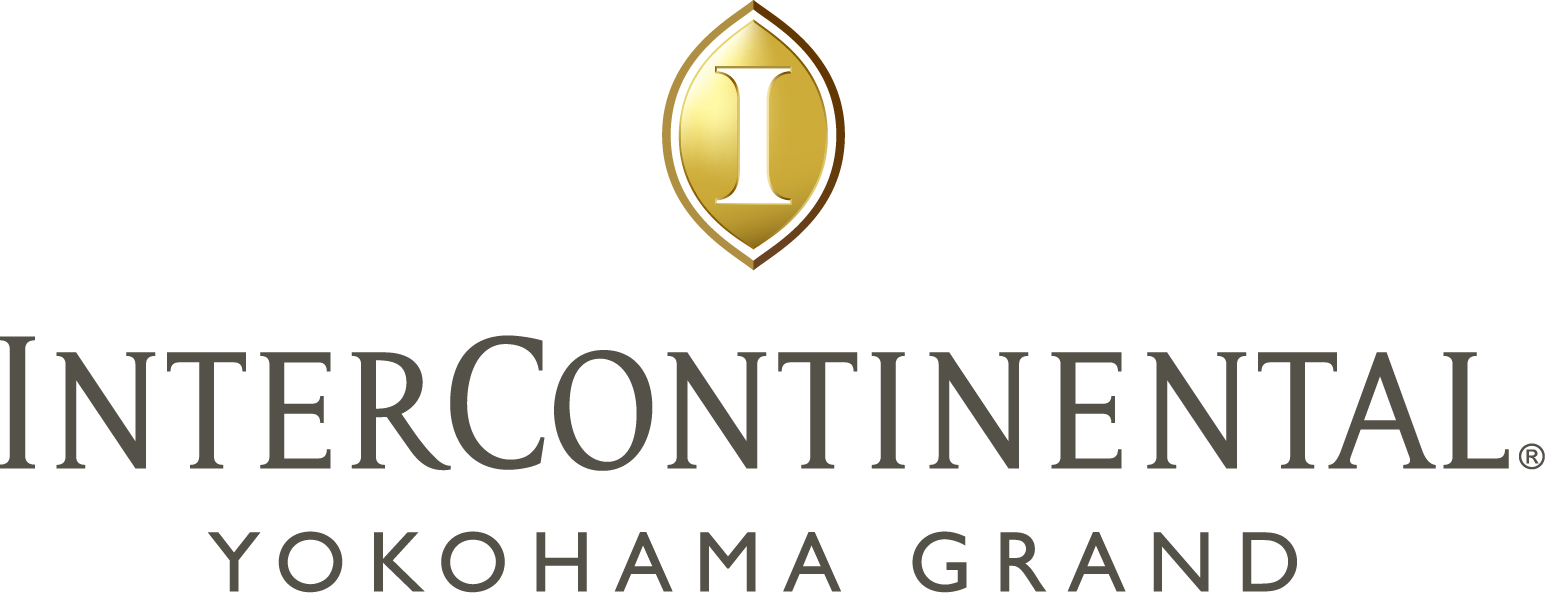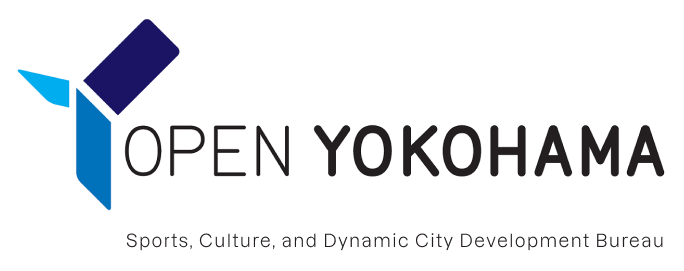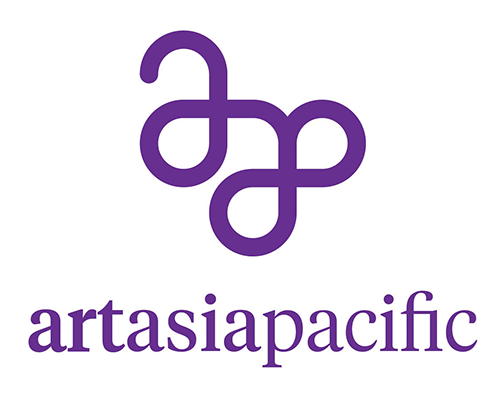Galleries
-
Kwai Fung Hin Art Gallery
-
Galerie EIGEN + ART Leipzig/Berlin
-
Gallery EXIT
-
Gallery Rosenfeld
-
imura art gallery
-
Pace Gallery
-
A Lighthouse called Kanata
-
Kamakura Gallery
-
Wada Fine Arts Y++
-
Sundaram Tagore Gallery
-
Art Front Gallery
-
Takuro Someya Contemporary Art
-
Over the Influence
-
TARO NASU
-
Tang Contemporary Art
-
Taka Ishii Gallery
-
SPURS Gallery
-
ShugoArts
-
SCAI THE BATHHOUSE
-
Sadie Coles HQ
-
Polígrafa Obra Gráfica
-
Perrotin
-
nca | nichido contemporary art
-
NANZUKA
-
Mizuma Art Gallery
-
MISA SHIN GALLERY
-
MAKI Gallery
-
MAHO KUBOTA GALLERY
-
KOTARO NUKAGA
-
KOSAKU KANECHIKA
-
Kaikai Kiki Gallery
-
GALLERY SIDE 2
-
galerie frank elbaz
-
Ceysson & Bénétière
-
BLUM
-
Almine Rech
Hana
-
THE PILL®︎
-
Nan Ke Gallery
-
The Green Gallery
-
MOU PROJECTS
-
Yutaka Kikutake Gallery
-
HARUKAITO by ISLAND
-
Unit 17
-
Alison Jacques
-
Retro Africa
-
MtK Contemporary Art
-
Gallery Nosco
-
VIN VIN Vienna / Naples
-
SAC Gallery
-
BLANKgallery
-
HILLSIDE GALLERY
-
Gallery 38
-
The Drawing Room
-
rin art association
-
Phillida Reid
-
PARCEL
-
MISAKO & ROSEN
-
GALLERY TARGET
-
Tomio Koyama Gallery
-
Each Modern
-
ANOMALY


